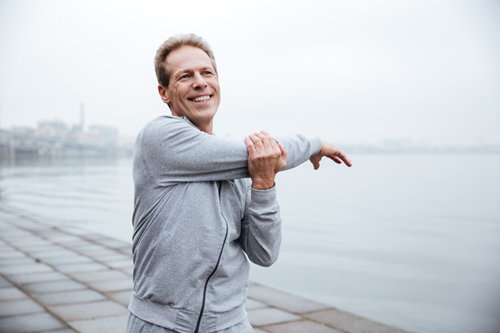GET YOUR LIFESTYLE BACK!
Producing Outstanding Results For Our Patients
Welcome to Health Expressions
Alternative health services for weight loss, and sexual health using the latest in medical technology. Servicing Rockville, Washington DC, Columbia, PittsfordHealth Expressions has taken the best elements of both worlds and combined them into a more holistic approach to healthcare. It is our belief that this will lead to better patient outcomes and higher levels of satisfaction from those who seek out care with us.
Are you ready to make a positive change?
We offer safe and effective treatments for erectile dysfunction – or just want to improve or even enhance your sex life, you’re in the right place! We are dedicated to helping individuals attain their overall well-being. Our physicians exemplify a thorough and unwavering commitment to their patients by crafting individualized ED strategies that deliver exceptional results.
If you're interested in learning about our semaglutide weight loss plans, don't hesitate to contact our state-of-the-art facility to schedule a consultation. Are you longing to confidently showcase your beach body or feel at ease in your favorite pair of jeans? With the help of Semaglutide, you can achieve the desired outcomes and capture attention wherever you venture.
Stop Suffering Needlessly
MEN’S HEALTH
Safe and effective treatments for erectile dysfunction – or just want to improve or even enhance your sex life, you’re in the right place!

Get Healthy, Look and Perform Your Best
Our approach combines modern regenerative therapy with aesthetic medspa treatments.
Years of experience have taught us that feeling well and looking good are both important aspects of a healthy lifestyle.
ARE YOU A CANDIDATE FOR GAINSWAVE?
Complete the form below and get a FREE Office Consultation & Painless Blood Flow Test to determine if GAINSWave will help you.
PLUS you'll receive a discount on GAINSWave Treatment Packages!
Prefer to Call?
301-575-4458
SEE WHAT OUR CLIENTS ARE SAYING
Take a look at some of our recent patient reviews and testimonials
that demonstrate how Health Expressions is 100% dedicated to excellence for your alternative health experience.Welcome to Health Expressions.
Patient & GAINSWave Testimonials

These Are Just A Few of The Many 5-Star Video Testimonials We Have To Share.
We Saved A Space For Your Success Story.
LOCATION
Health Expressions
100 Park Ave
Suite 108A
Rockville, MD 20850
Phone: 301-575-4458
OFFICE HOURS
Monday
9:00 am - 3:00 pm
Tuesday
9:00 am - 5:00 pm
Wednesday
9:00 am - 3:00 pm
Thursday
9:00 am - 5:00 pm
Friday
9:00 am - 1:00 pm
And By Appointment
Saturday
Closed
Sunday
Closed
GET IN TOUCH
Health Expressions
100 Park Ave Suite 108A Rockville, MD 20850
All information presented in this website is intended for informational purposes only and not for the purpose of rendering medical advice. Statements made on this website have not been evaluated by the Food and Drug Administration. The information contained herein is not intended to diagnose, treat, cure or prevent any disease.
Copyright © | Health Expressions | Dr. Jennifer Miller, DC
